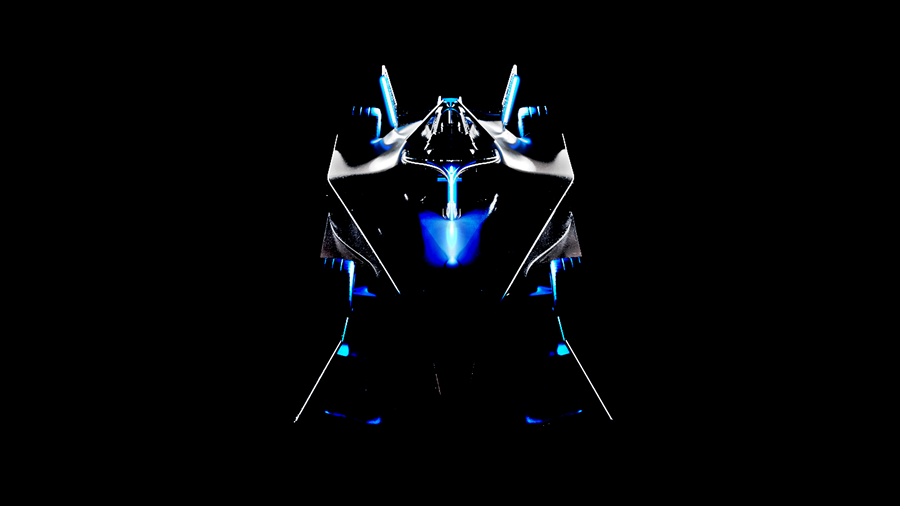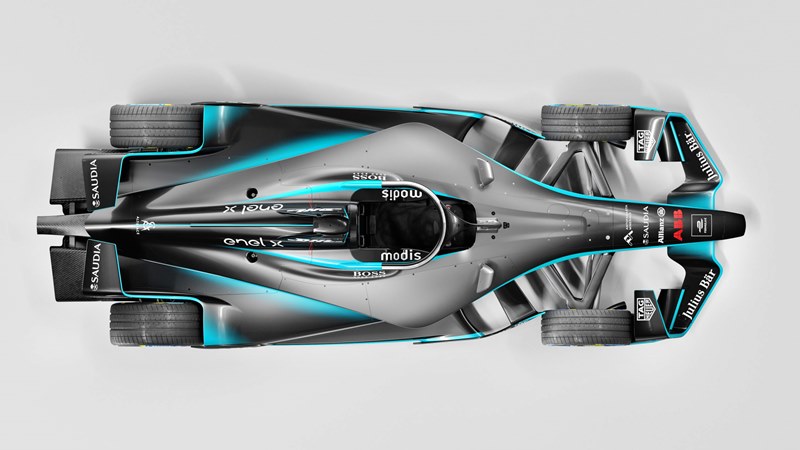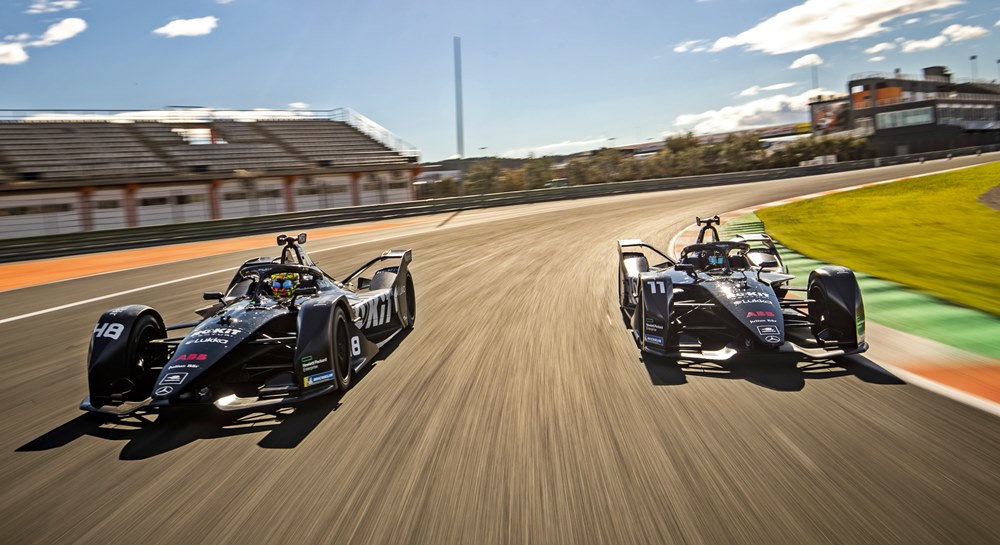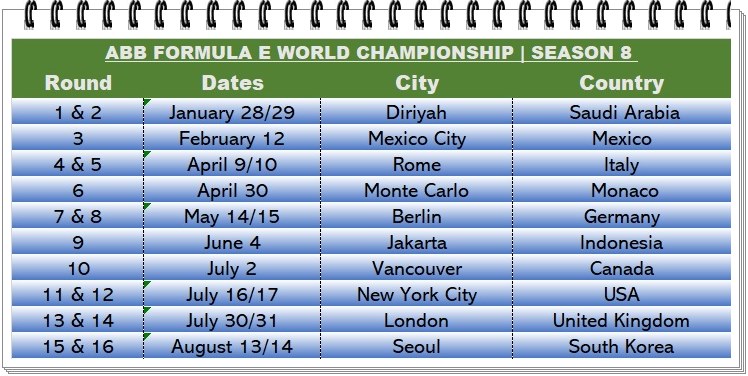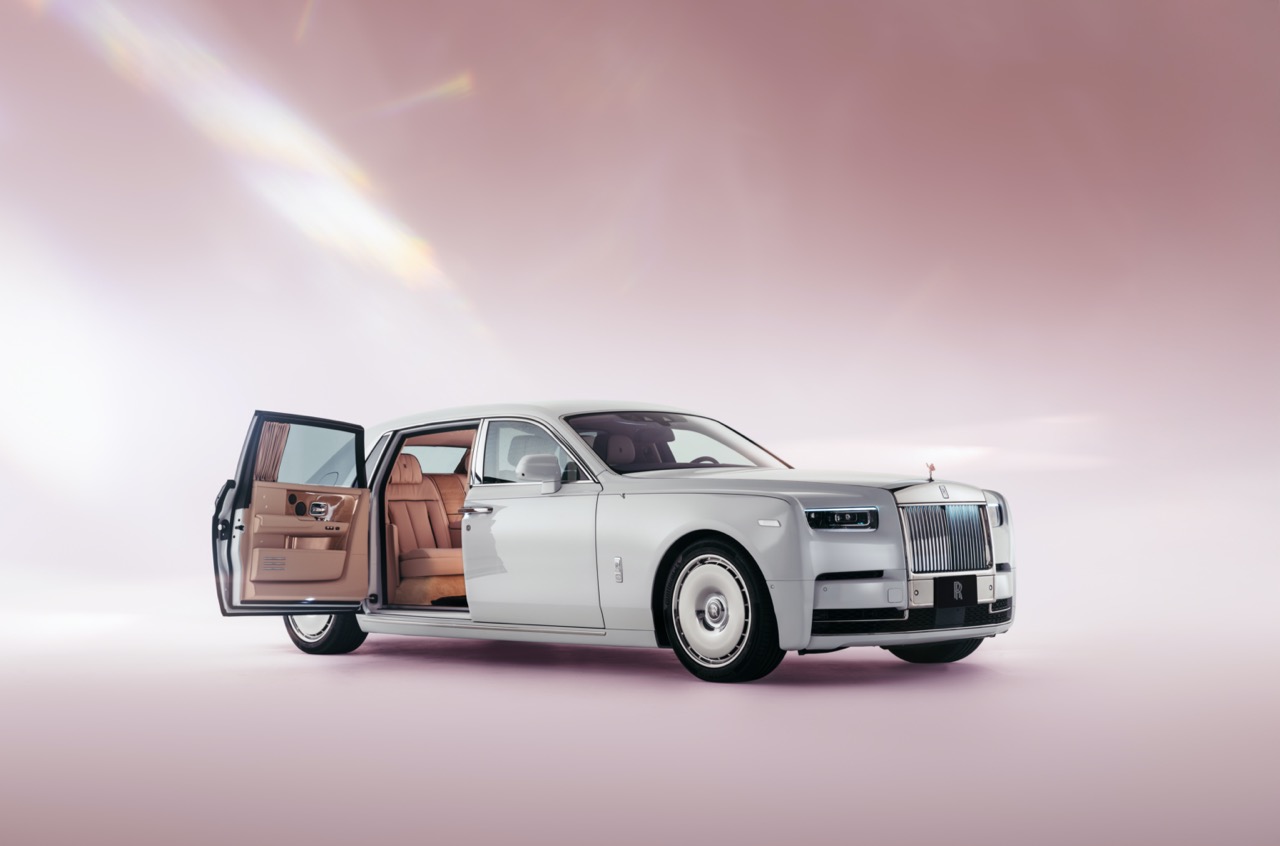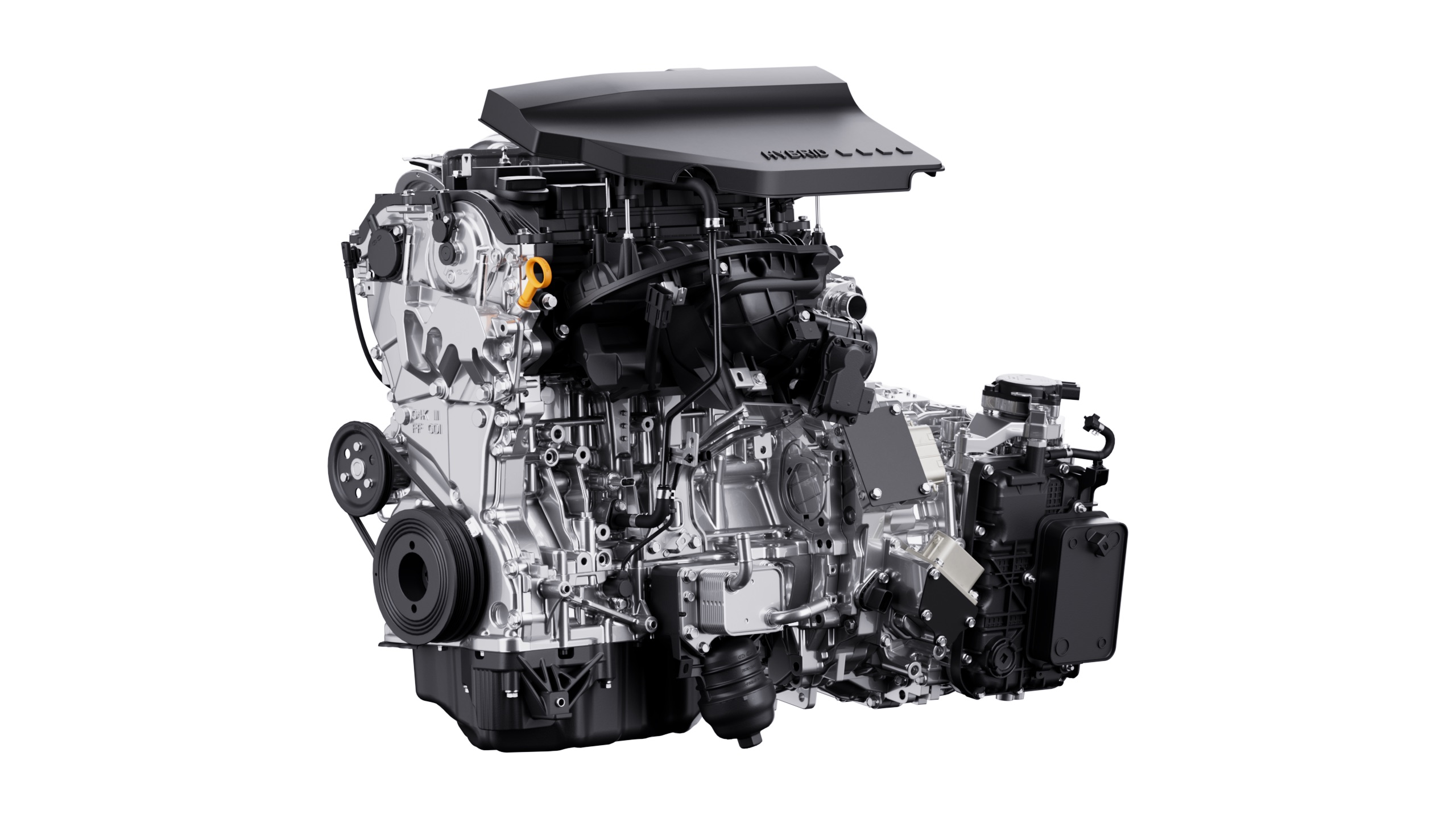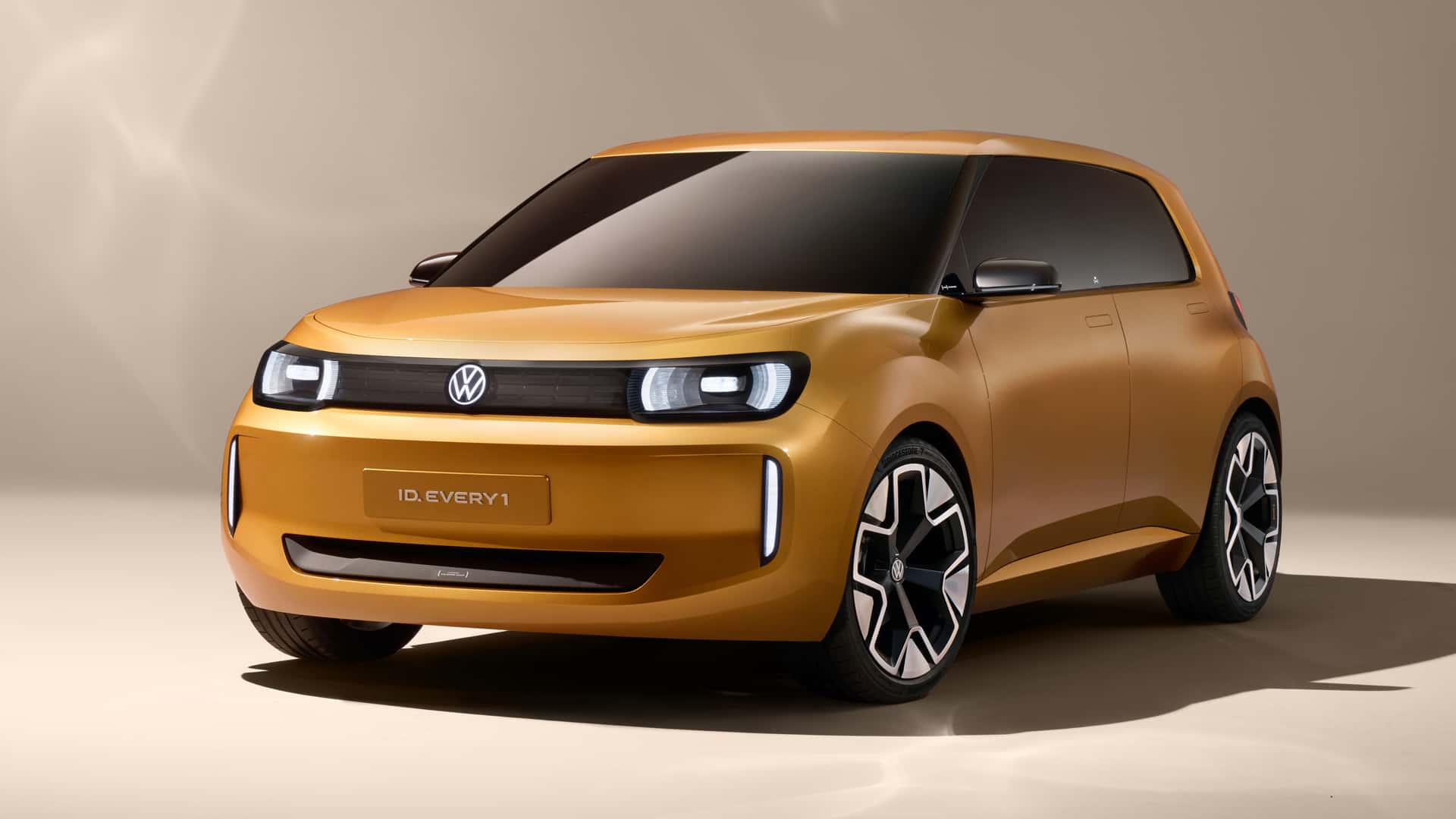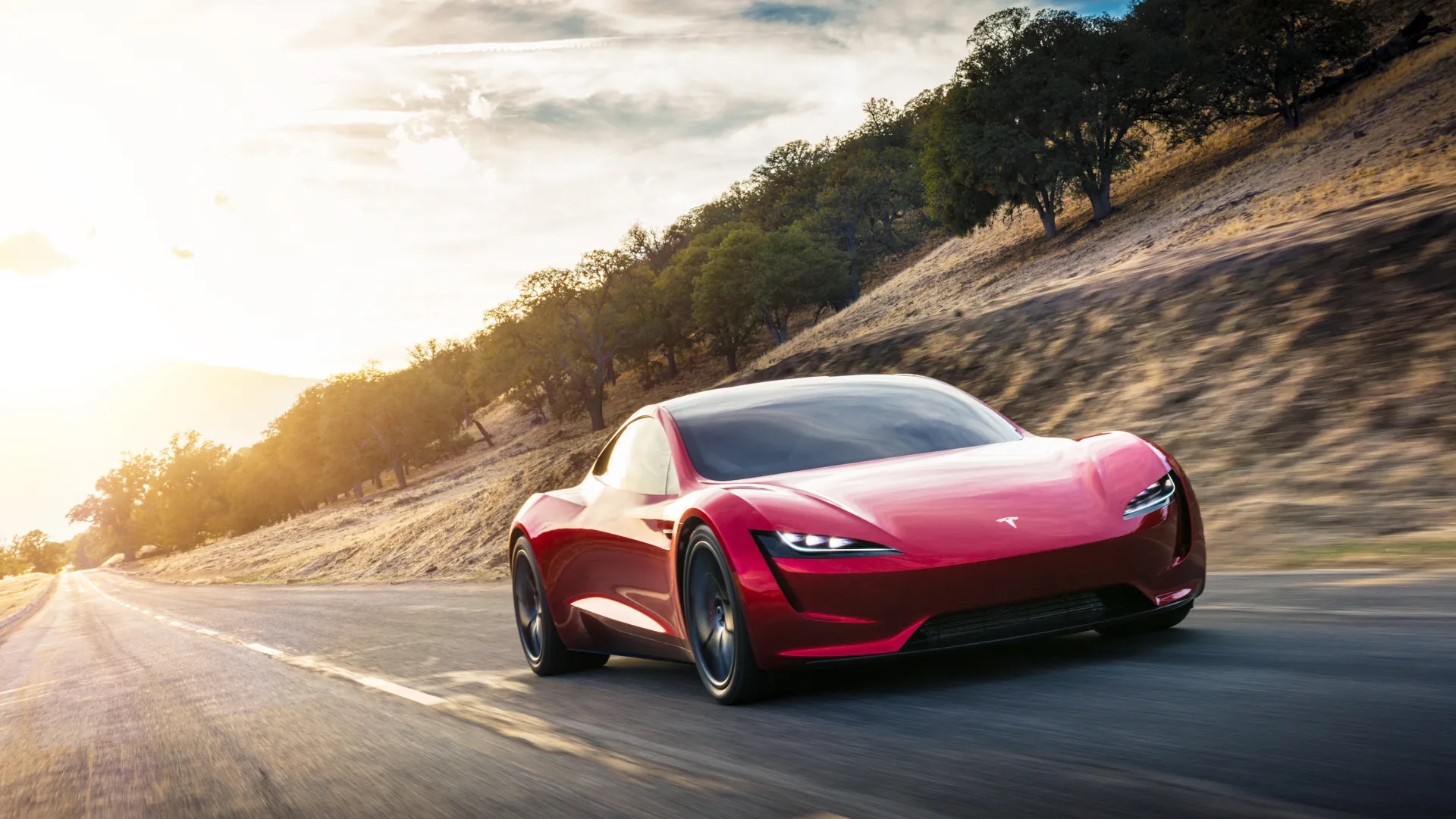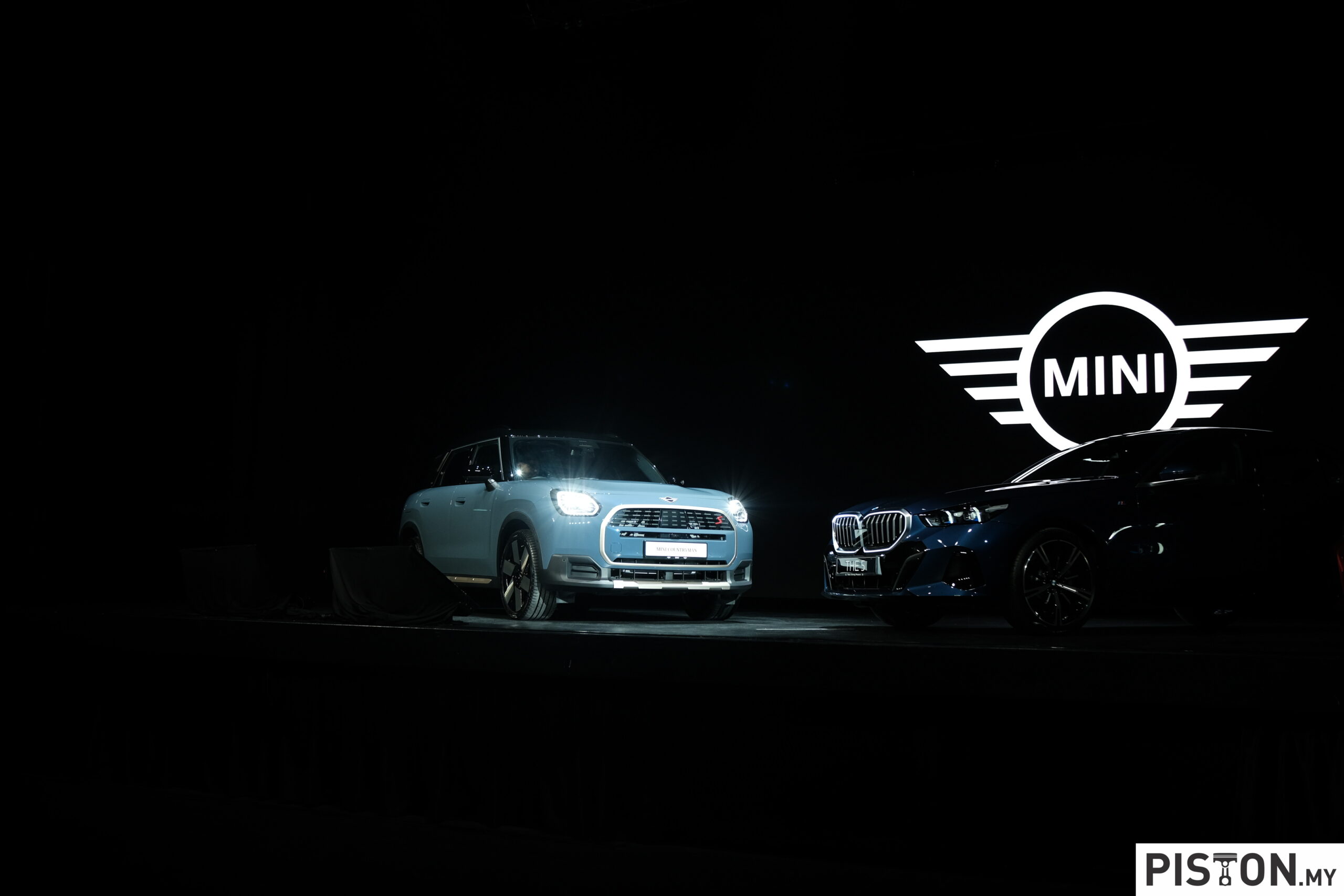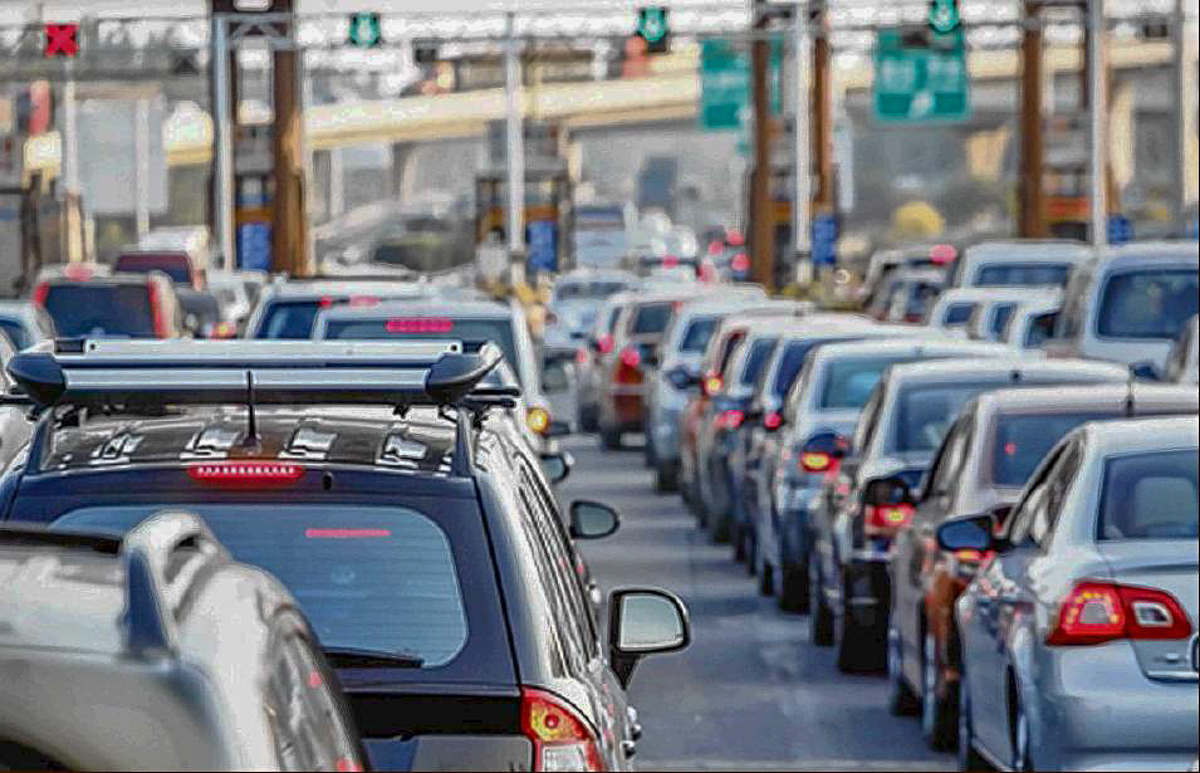Just as Formula 1 will have a major change in technical regulations from the 2022 championship, Formula E – the all-electric single-seater championship – will also transition to an entirely new generation of racing cars in Season 9, which will be in 2023. Referred to as ‘Gen3’, the new racing car is described as ‘a machine created at the intersection of high performance, efficiency and sustainability’. Formula E manufacturers are set to take delivery of Gen3 cars in the first quarter of 2022 for further intensive development testing on and off the track, and will use the Gen2 cars for Season 8.
World’s most efficient racing car
A series of design, performance and sustainability innovations in the Gen3 car make it the world’s most efficient racing car, with at least 40% of the energy used within a race produced by regenerative braking during the race. It will be the first formula car with both front and rear powertrains: a new front powertrain adds 250 kW to the 350 kW at the rear, more than doubling the regenerative capability of the current Gen2 car to a total of 600 kW.
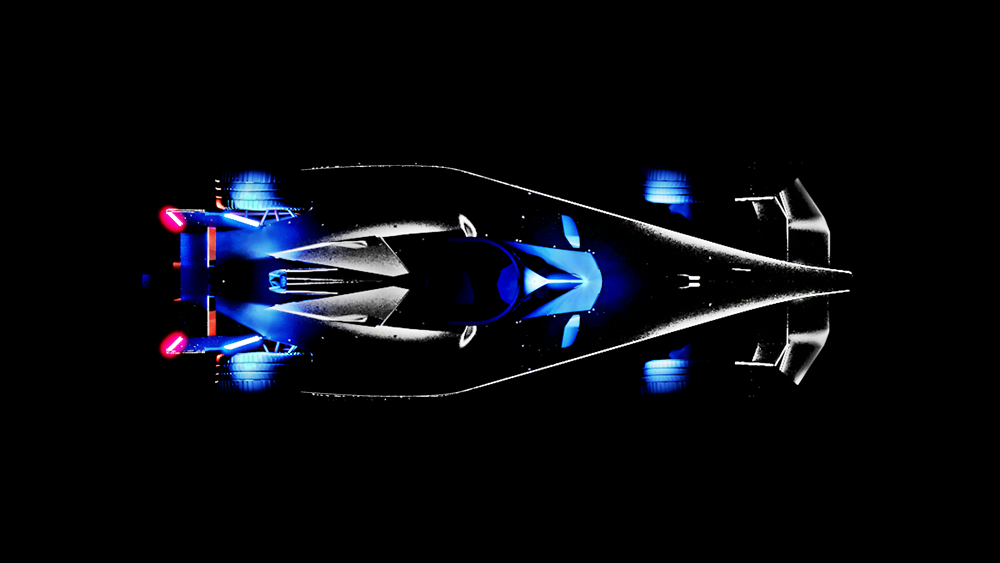
The new powertrain will use an electric motor delivering up to 350 kw of power (470 ps), making it capable of a top speed of 320 km/h, with a power-to-weight ratio that is twice as efficient as an equivalent 470 ps internal combustion engine.
It will also be the first formula car that will not feature rear hydraulic brakes due to the addition of the front powertrain and its regenerative capability. Being lighter and smaller than the Gen2 car, it wil enable faster, more agile wheel-to-wheel racing.
Aligned with Life Cycle Thinking
The Gen3 racing car is the first formula car aligned to Life Cycle Thinking with a clear path towards second life and end of life for all tyres, broken parts and battery cells. In addition, it will be net-zero carbon, maintaining the championship’s status as the first sport to be certified as net-zero carbon since inception.
All carbon fibre broken parts will be recycled by an innovative process from the aviation and aerospace industry into new fibres reusable for other applications. A pioneering process will deliver 26% sustainable materials into the composition of tyres.
Additionally, new financial regulations will be introduced October 1, 2022 for Season 9. There will be 2 sets of financial regulations to be introduced by the FIA to monitor and control spending levels of competitors, one for teams and one for manufacturers. This will enhance long-term financial sustainability of Formula E, supporting retention of current participants and attracting investment in the championship from new manufacturers, teams, investors and commercial partners.
ROKiT Venturi Racing fastest in testing
Meanwhile, after a combined total of more than 4,100 laps (equal to almost 14,000 kms) of pre-season testing at the Circuit Ricardo Tormo in Spain, ROKiT Venturi Racing’s Edoardo Mortara recorded the fastest time of the week during the final session as the test drew to a close.
DS TECHEETAH’s double champion Jean-Eric Vergne placed the next best time of the week, just 0.041 seconds back, while another Mercedes-EQ powertrain closed out the top three times of the week, with Vandoorne’s Silver Arrow 02 also within a tenth of-a-second.
The top 17 drivers recorded times faster than Antonio Felix da Costa’s pole position qualifying lap from last season. Their first race of Season 8 will be in Diriyah, Saudi Arabia at the end of next month, followed by another 15 races in major cities of 9 countries, with the final round in South Korea in August.
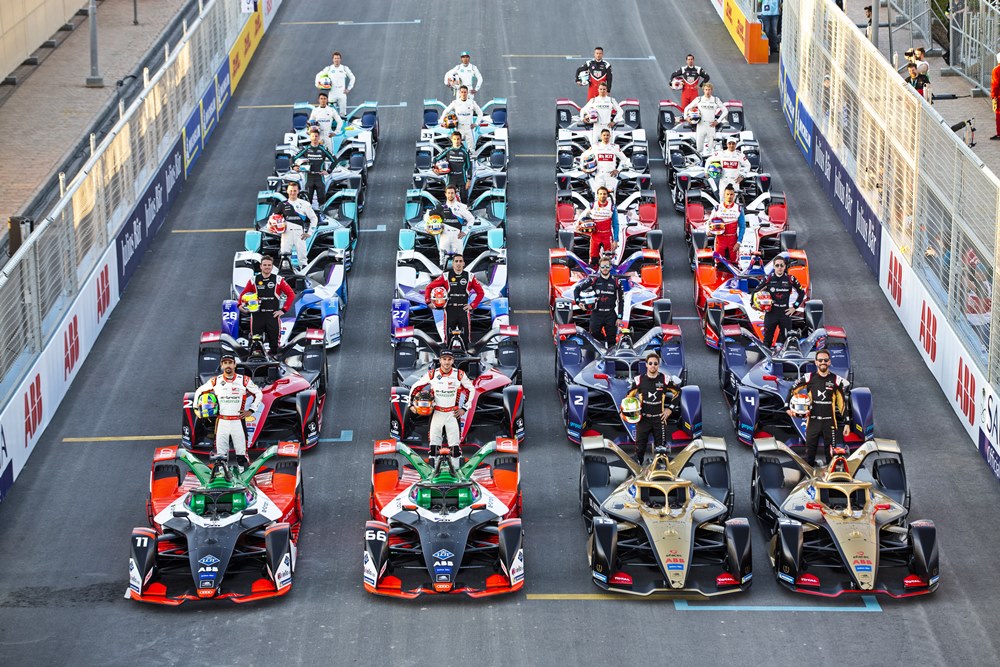
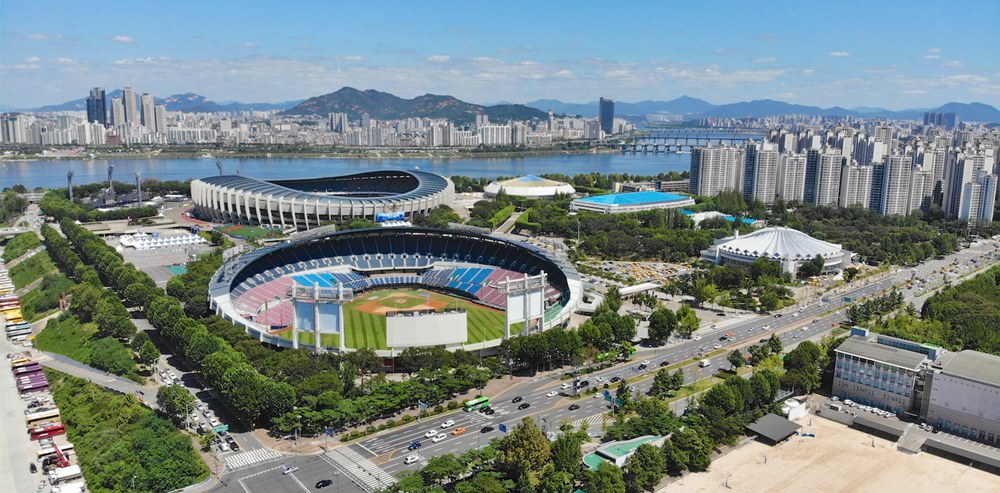
Mercedes-EQ team ends Formula E involvement with double championship win at Berlin EPrix




